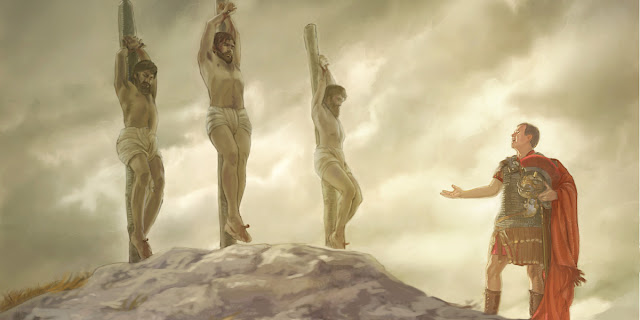The Trinity in the 4th Century-Part 3

Part 1 Part 2 The Trinity in the 4th Century-Part 3 by David Burke By AD 325 there was still no resolution in sight and Constantine’s patience was exhausted. He summoned every bishop in the empire to an ecumenical[1] council at his summer palace in Nicaea, where a new Christian creed would be drafted for the entire church. Attendance is open to debate. Eusebius says more than 250 bishops attended. Athanasius gives the figure of 300 on one occasion but amends this to 318 in another account. Eustathius claims “over 270.”[2] Christians of a much later period settled on Athanasius’ second estimate of 318[3] (no less than six subsequent church councils recalled this number and appealed to it as authoritative.)[4] Wand is one of many who observe a connection to Genesis 14:14,[5] while Davis points out that in Greek, 318 is a cipher for “TIH,” widely interpreted by early Christians as representative of Jesus and the cross.[6] Symbolism was often more important to the ancients than numerical p...

